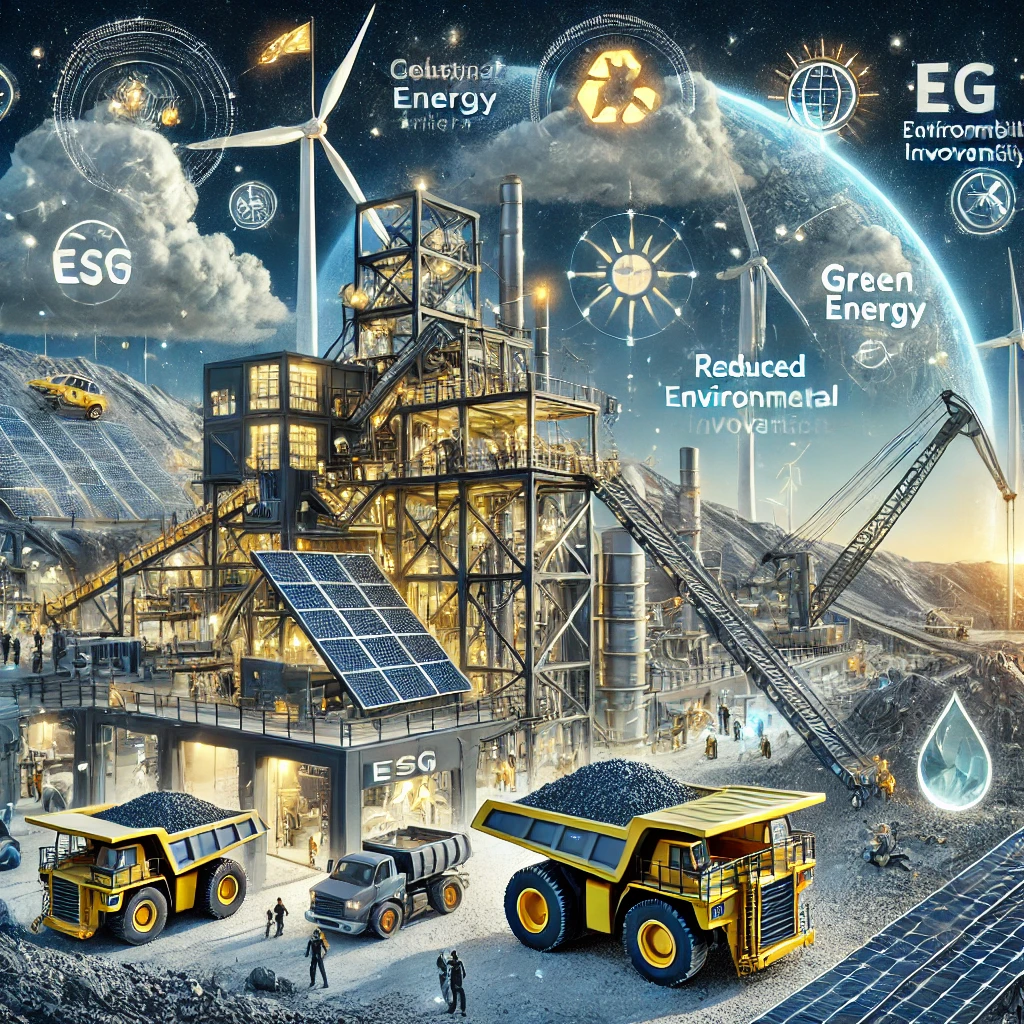The mining sector is one of the most important economic sectors in the world, accounting for over 10% of global GDP and employing millions of people around the world. As the sector has grown in size and importance, so too has the need for miners to adopt environmental, social, and governance (ESG) and transparency reporting frameworks to ensure that their operations are conducted in an ethical and responsible manner.
The need for ESG and transparency reporting in the mining sector is driven by a number of factors. First, the sector is highly exposed to environmental risks, such as water pollution, land degradation, and climate change. As such, miners must be able to demonstrate that they are taking steps to reduce their environmental impacts, and that they are transparent about those efforts. Second, the sector is also exposed to social risks, such as human rights abuses and labor exploitation. As such, miners must be able to demonstrate that they are taking steps to ensure that their operations are conducted in an ethical and responsible manner, and that they are transparent about those efforts. Finally, the sector is exposed to governance risks, such as corruption and bribery. As such, miners must be able to demonstrate that they are taking steps to ensure that their operations are conducted in a transparent and accountable manner, and that they are transparent about those efforts.
In response to these risks, the mining sector has begun to adopt ESG and transparency reporting frameworks. These frameworks are designed to provide stakeholders with a comprehensive overview of a miner’s environmental, social, and governance performance. They typically include metrics such as greenhouse gas emissions, water usage, energy efficiency, and labor practices, as well as information about the company’s governance structure, board composition, and executive compensation. By providing this information, miners are able to demonstrate their commitment to responsible operations and to provide stakeholders with the assurance that their operations are conducted in an ethical and responsible manner.
The adoption of ESG and transparency reporting frameworks in the mining sector has been driven by a number of factors. First, investors and other stakeholders are increasingly demanding greater transparency from miners, and ESG and transparency reporting frameworks provide an effective way to meet this demand. Second, miners are increasingly being held accountable for their environmental and social impacts, and ESG and transparency reporting frameworks provide an effective way to demonstrate their commitment to responsible operations. Finally, governments and regulators are increasingly requiring miners to report on their ESG performance, and ESG and transparency reporting frameworks provide an effective way to meet these requirements.
The adoption of ESG and transparency reporting frameworks in the mining sector has been met with some resistance from miners. Some miners have argued that the frameworks are too costly and time-consuming to implement, and that they do not provide any tangible benefits. However, there is evidence to suggest that miners who have adopted ESG and transparency reporting frameworks have seen a number of benefits, including improved investor confidence, increased access to capital, and improved operational performance.
Overall, the adoption of ESG and transparency reporting frameworks in the mining sector is a positive development. The frameworks provide a comprehensive overview of a miner’s environmental, social, and governance performance, and they demonstrate a commitment to responsible operations. As such, they provide stakeholders with the assurance that miners are taking steps to reduce their environmental and social impacts, and that they are transparent about those efforts. As the sector continues to grow in size and importance, it is essential that miners adopt ESG and transparency reporting frameworks to ensure that their operations are conducted in an ethical and responsible manner.










